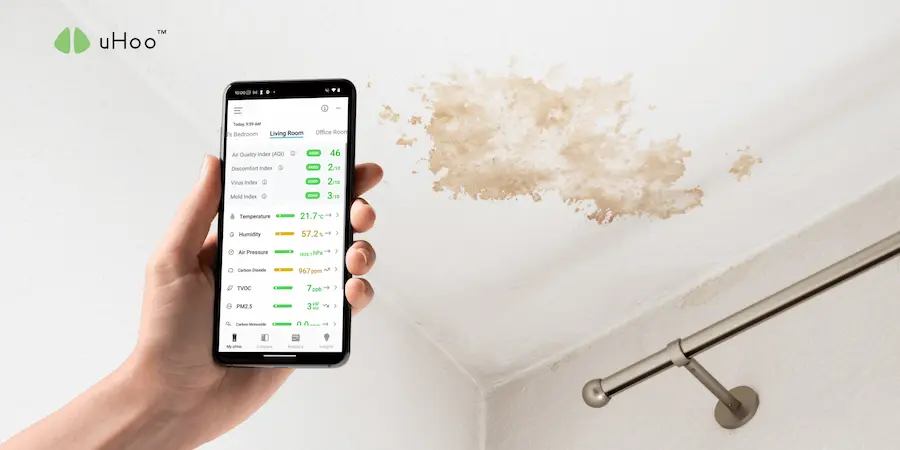The air we breathe holds a wealth of information, not just about pollutants, but also about the hidden integrity of our living and working spaces. Leveraging air quality data from uHoo is rapidly becoming the most intelligent and effective way to uncover leaks, whether they are silent water seepages in your home or insidious gas emissions in a commercial facility.
This data-driven approach moves beyond guesswork, offering objective, real-time insights that empower individuals and businesses to identify and address problems proactively, before they cause significant damage or health risks.
At its core, utilizing uHoo’s air quality data for leak detection involves monitoring various parameters that serve as indicators of environmental anomalies. Each parameter tells a specific story about what’s happening in your indoor environment:
- Humidity Levels: An unexplained spike or sustained elevation in relative humidity is a prime indicator of a water leak. In a home, this could mean a leaky pipe behind a wall, a compromised roof, or a plumbing issue. In a business, it might point to a failing HVAC condensate line, a burst pipe in a utility closet, or water ingress from the building’s exterior. Early detection of high humidity allows for intervention before mold sets in, preventing costly remediation and potential health issues.
- Volatile Organic Compounds (VOCs): VOCs are emitted from a vast array of sources, including cleaning products, paints, new furniture, and even some types of building materials. However, a sudden or consistent increase in VOC levels can also signal gas leaks (e.g., natural gas, refrigerants), chemical spills, or even the off-gassing from mold growth itself. Monitoring VOCs is crucial in both residential and commercial settings to catch these diverse and often hidden threats.
- Carbon Monoxide (CO): This is a silent killer, an odorless, colorless gas produced by incomplete combustion. In homes, CO leaks can stem from faulty furnaces, water heaters, or gas stoves. In workplaces, it could originate from industrial equipment, forklifts, or malfunctioning HVAC systems. Air quality data showing rising CO levels demands immediate attention, as it indicates a life-threatening leak.
- Carbon Dioxide (CO2): While primarily an indicator of ventilation efficiency and occupancy, unusually high CO2 levels, especially in commercial spaces, can sometimes signal issues with HVAC systems, allowing outdoor pollutants or combustion byproducts to enter the indoor environment, which could be indicative of a leak in the system.
- Particulate Matter (PM2.5/PM10): An increase in airborne particles could be a sign of mold spores being released due to a water leak, or dust from deteriorating building materials caused by prolonged moisture exposure.
The true power of uHoo’s air quality data for leak detection lies in its continuous nature and the ability to set up intelligent alerts. You can actually get instant notifications on your smartphone when specific parameters exceed safe thresholds. This immediate feedback loop transforms reactive problem-solving into proactive prevention.
For businesses, this means protecting valuable assets, ensuring employee health, maintaining operational continuity, and avoiding costly litigation. For homeowners, it translates to peace of mind, protecting family health and the structural integrity of their most valuable asset. By embracing uHoo’s air quality data, you gain an invisible shield, constantly vigilant, ready to uncover leaks the moment they begin to emerge.

